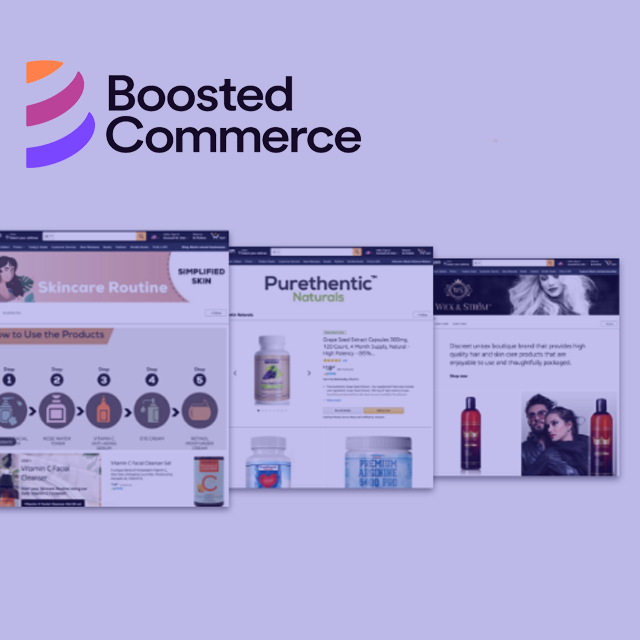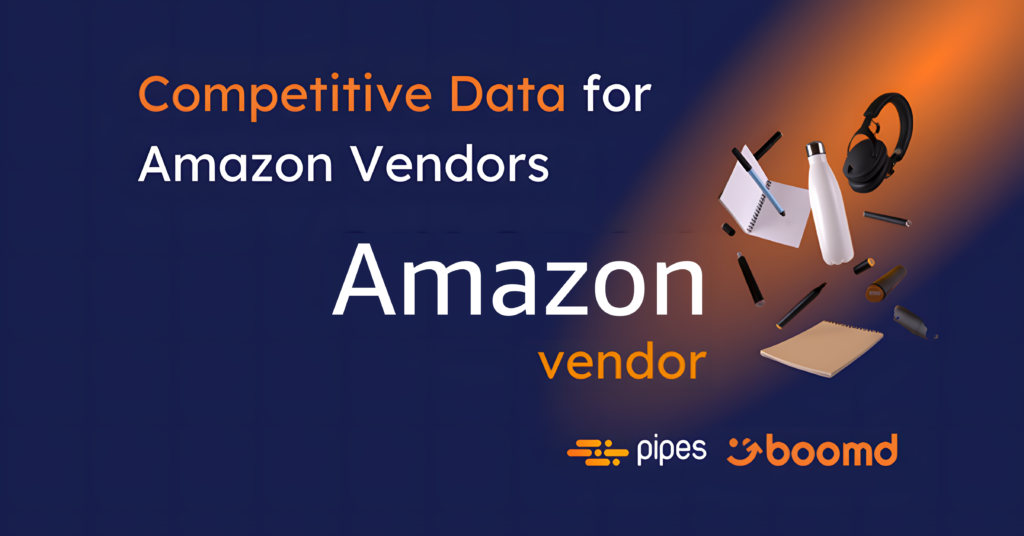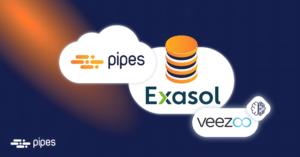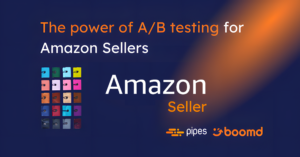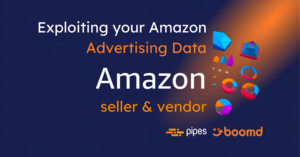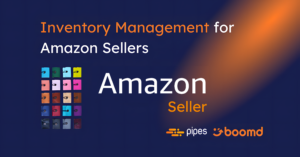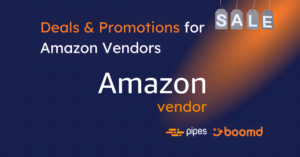Do you know what competing Vendors on Amazon are doing?
Competitive data is essential for any business that wants to stay ahead of its competitors, and this is particularly true for companies that sell on Amazon as Vendors. With so many Vendors competing on Amazon for the same customers, understanding what your competitors are doing is crucial to creating a successful Amazon strategy.
In this article, we will discuss how competitive data can help you gain an advantage on Amazon, and how tools like Data Virtuality Pipes can help you access and analyse this data.

Competitive data on Amazon Vendors can provide valuable insights into a variety of metrics, including pricing, sales volume, and customer behaviour.
By tracking this data, you can identify trends and patterns that can help you make informed decisions about your own pricing, product selection, and marketing strategies.
For example, you may discover that one of your competitors is selling a similar product at a lower price, or that they are experiencing a surge in sales volume during a particular time of year.
Armed with this knowledge, you can adjust your own pricing or marketing strategies to better compete with your rivals.
So what Amazon competitive data can I track?
One of the most important aspects of competitive data on Amazon is price tracking. By monitoring your competitors’ prices, you can identify opportunities to adjust your own pricing strategies to remain competitive.
For example, if you notice that one of your competitors is selling a similar product at a lower price, you may want to consider lowering your own prices to match or beat theirs. Alternatively, you may discover that your prices are already lower than your competitors’, giving you an advantage in the marketplace.
This works particularly well for Amazon Sellers, but Vendors can also benefit by using this information to initiate promotions with Amazon and other marketing activities to ensure pricing competitiveness.
Data Virtuality Pipes is a powerful data integration tool that allows you to connect to a variety of data sources, including Amazon’s API, to extract and analyse data. With Data Virtuality Pipes, you can set up automated data pipelines that monitor pricing data on Amazon and alert you to any changes in your competitors’ pricing strategies.
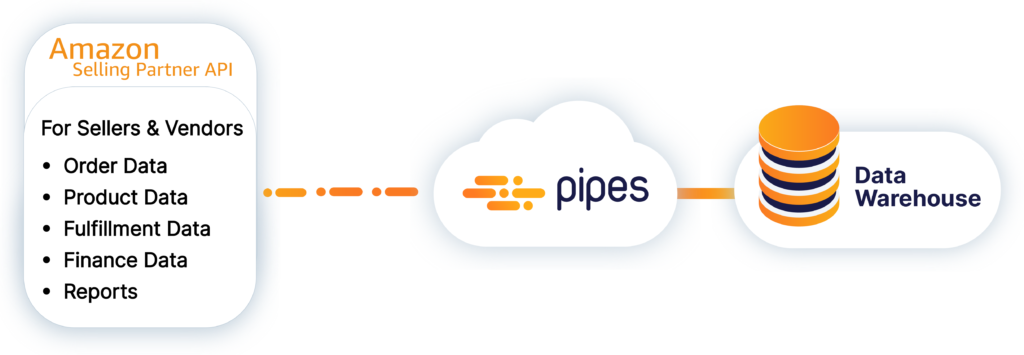
Wait! There's more than just competitive pricing data!

In addition to price tracking, competitive data can also provide valuable insights into customer shopping behaviour.
By analysing customer shopping baskets, you can identify which products customers are buying together with yours, which can help you make informed decisions about product bundling and cross-selling. For example, if you sell kitchen appliances, you may discover that customers who buy blenders are also likely to buy food processors. Armed with this knowledge, you can create product bundles or promotions that encourage customers to buy both products together.
By connecting to Amazon’s API, Data Virtuality Pipes can extract data on customer shopping baskets, allowing you to analyse it to identify trends and patterns.
For example, you can use Data Virtuality Pipes to identify which products are commonly bought together, which products are most frequently added to shopping carts, and which products are frequently abandoned in shopping carts in favour of different products. Armed with this knowledge, you can optimise your product listings and marketing strategies to encourage more customers to complete their purchases.
In addition to price tracking and customer shopping behaviour, competitive data can also provide insights into other metrics that can help you stay ahead of your competitors on Amazon. For example, you can track your competitors’ product selection to identify gaps in the market that you can fill with your own products.
Amazon Vendors can use competitive data delivered by Pipes to create dashboards that display the products customers are buying together, including the frequency of these purchases and the average purchase value. By analysing this data, vendors can optimise their listings and promotions to drive sales and increase their average purchase value.
In addition, customer reviews and ratings are critical factors in customer decision making, especially on a marketplace like Amazon. Positive reviews can help vendors stand out in the market and attract new customers, while negative reviews can hurt their sales and damage their reputation. With Data Virtuality Pipes, vendors can gather review and rating data from multiple sources, including Amazon’s API, and analyse this data to gain insights into their competitors’ reputations.
With this kind of competitive data, Amazon Vendors are able to create dashboards that display their competitors’ review and rating data, including the number of reviews, average rating, and sentiment analysis. By analysing this data, vendors can identify opportunities to improve their own customer reviews and build a positive reputation on Amazon.
But where to start?
With so much competitive data available on Amazon, it can be overwhelming to know where to start and what to data items to choose.
However, by using tools like Data Virtuality Pipes, in partnership with a specialist Amazon agencies like Boomd, who really understand the data, you can extract, analyse and bring this data to life to gain valuable insights into your competitors’ strategies and stay ahead!

About Boomd
A full-service Amazon agency, with a team of Amazon Vendor, Seller and data analytics experts, helping brands, manufacturers and distributors sell profitably on all Amazon marketplaces worldwide. Follow them on LinkedIn.
Title: Competitive data for Amazon Vendors
Series: Amazon Vendor
Author: Nick Turner, Co-Founder, Boomd Amazon Agency
Date: February 2023
